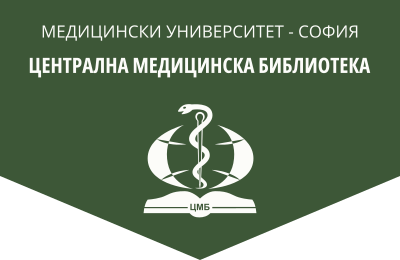Bronchiectasis severity assessment tools for better disease prognosis
General Medicine, 2023, 25(6), 38-43.
V. Kostadinova
Clinic of Pneumology and Phthisiatry, UMHАТ “Sv. Marina”, Department of Pulmonary Diseases and Allergology, Medical University – Varna
Abstract. Bronchiectasis is a chronic and irreversible dilatation of one or more bronchi due to structural changes in their wall presented with permanent respiratory symptoms, recurrent lower respiratory tract infections, rhinosinusitis and inconsistent airway obstruction. It has a variable etiology, clinical course and prognosis. Increasing disease incidence emerges need of severity assessment tools to help in disease management. In past decade, several multidimensional scales for complex evaluation of non-cystic fibrosis bronchiectasis are implemented. Bronchiectasis severity index (BSI) identified the independent predictors of exacerbation, hospitalization and death. FACED score was developed specifically to predict the five-year mortality in bronchiectasis of any etiology, thereby providing a rapid assessment of baseline severity. With adding the number of previous exacerbations in E-FACED prognostic value is improved. The Bronchiectasis Aetiology Comorbidity Index (BACI) is a specific tool to predict which patients are at increased risk of death based on concomitant diseases, regardless of their baseline physiologic status. Each of the multidimensional scales has its advantages and disadvantages. Combining the scales seems to be the most appropriate way to correctly group patients with bronchiectasis according to the risk of adverse events and thus to determine personalized monitoring and treatment of the disease.
Key words: bronchiectasis, severity assessment, prognostic indices, comorbidity
Address for correspondence: Vanya Kostadinova, e-mail: v_vanqkostadinova@abv.bg
